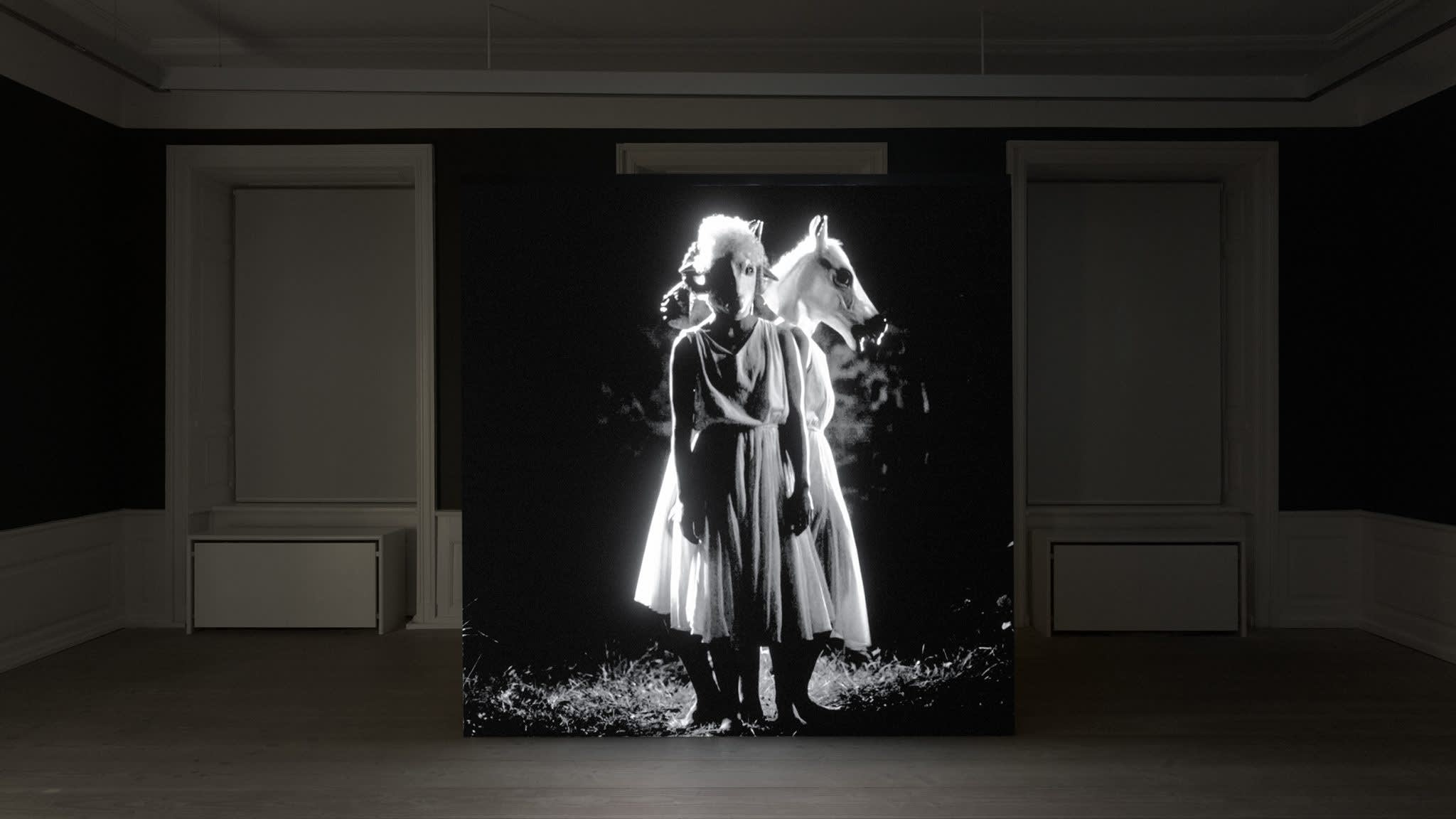Yael Bartana, Zukunftsbewältigung (Overcoming the Future), 2023, single-channel video and sound installation, 7 min. Photo: David Stjernholm. Courtesy the artist
Share
- X
- Tumblr
To read the article, please click here.

